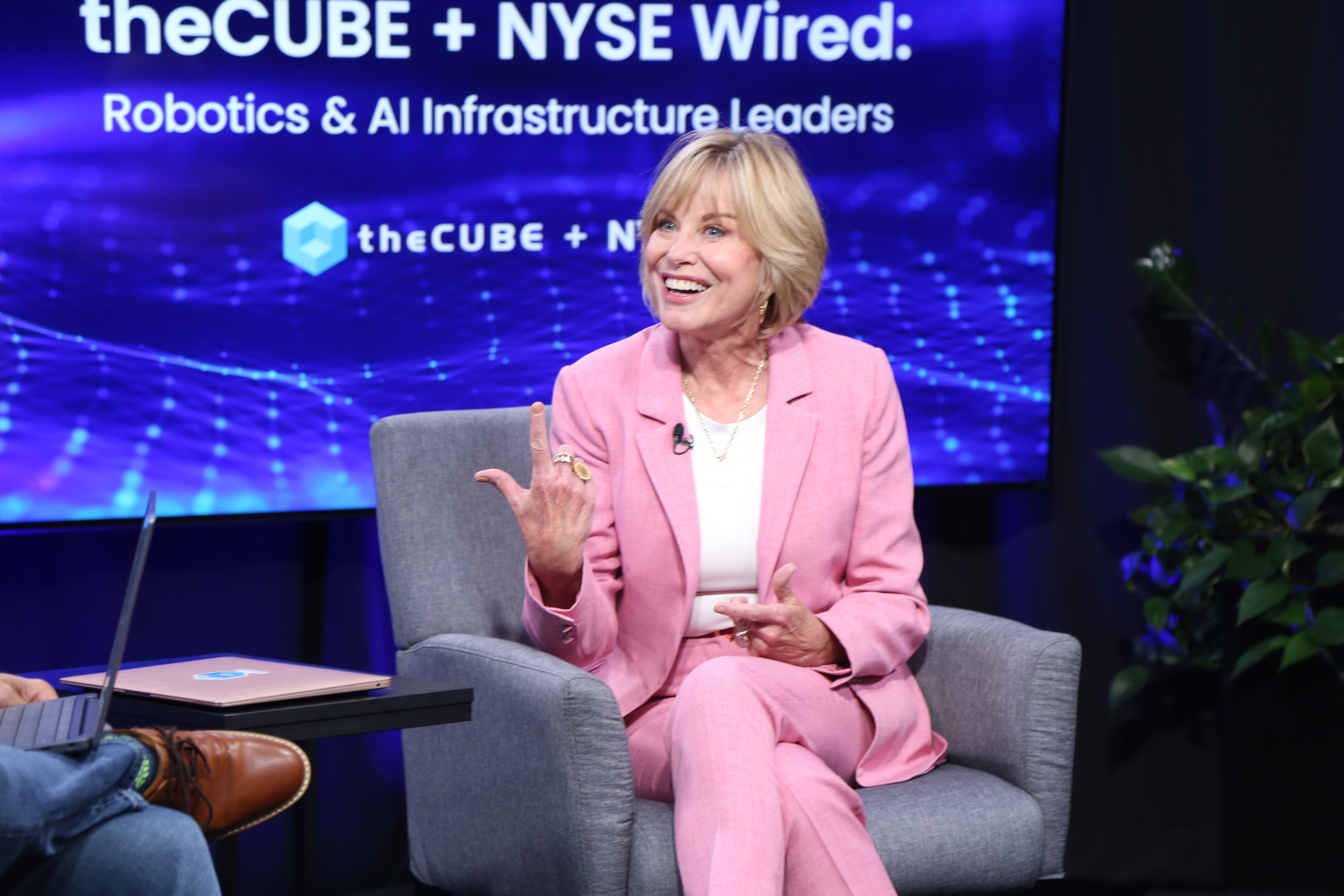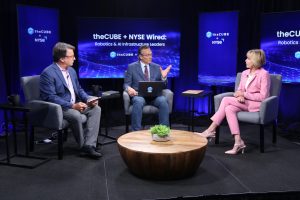 AI
AI
 AI
AI
 AI
AI
Companies first coined the term “cloud computing” in 2006. Fast-forward nearly 20 years, and the private cloud is a hot commodity.
Diane Bryant, currently an independent director at Broadcom, Celestial AI, Haemonetics and mmTron, has seen the evolution of a ground-breaking technology multiple times over the course of her long career, which included a 32-year stint at Intel Corp. Now, she is a board member at Broadcom and overseeing its response to artificial intelligence.

Broadcom’s Diane Bryant talks with theCUBE about Broadcom’s foray into private cloud and the current market for AI hardware.
“AI is very hard, whether you’re talking about the algorithms, you’re talking about building the data models and cleansing the data in order to run the algorithms, and then the compute to run on it,” she said. “Because it is so complex, only the really big, highly talented companies can do it. And that’s why you see Google was the first to have a custom Tensor Processing Unit, and Amazon and Meta [and] everyone, right? It’s complex. And then the beneficiary of all of that is Broadcom.”
Bryant spoke with theCUBE’s John Furrier and Dave Vellante at theCUBE + NYSE Wired: Robotics & AI Infrastructure Leaders 2025 event, during an exclusive broadcast on theCUBE, SiliconANGLE Media’s livestreaming studio. They discussed Bryant’s storied career, Broadcom’s foray into private cloud and the current market for AI hardware.
The compute market for AI is projected to be between 300 and 500 billion in 2030, according to Bryant, who believes that there is room for everyone at the table — Nvidia Corp., Advanced Micro Devices Inc., custom graphics processing units, etc. — when it comes to AI hardware options.
Her first experience with AI was the launch in 2010 of Intel’s Xeon Phi, which ultimately lost out to Nvidia’s GPUs. Since then, she has seen AI gain momentum until its breakthrough moment in 2022.
“AI was invented in the ’50s, and it was sci-fi because you didn’t have the compute and the storage to actually do it,” she explained. “It was conceptual, but you didn’t have the infrastructure to run it … It always takes 10 years for when technology is viable, feasible [and] available to when it is truly adopted at a level that you can, and it takes forever.”
Broadcom is well-positioned to capitalize on the cloud and AI boom with its acquisition of VMware. It recently released the ninth version of VMware Cloud Foundation, an on-premises or private cloud that could provide a solid foundation for AI workloads.
“Private cloud, it used to be very expensive to run your own data centers,” she said. “When I was [chief information officer at Intel], we had 400 data centers, very expensive. Now, you don’t have to run those data centers at 2% utilization. You can now move to the cloud, run them at 80% utilization, and your costs go way down.”
Beyond Broadcom, Bryant is also a board member of mmTron, which works with satellites, and Celestial AI, which specializes in photonics —a technology that uses light to transmit data. Bryant, who created the Intel silicon photonics business in 2015, is experiencing a full-circle moment with Celestial AI’s flagship product, Photonic Fabric.
“They’ve done a magical thing in allowing people to move to optics,” she said. “So step one, you[r] move to optics is a co-packaged solution. Step two, get it closer to the GPUs, to the TPU, to the XPU, and you get that much more benefit from it. They have the magic of full integration, tight integration with the accelerator chips.”
Here’s the complete video interview, part of SiliconANGLE’s and theCUBE’s coverage of theCUBE + NYSE Wired: Robotics & AI Infrastructure Leaders 2025 event:
Support our mission to keep content open and free by engaging with theCUBE community. Join theCUBE’s Alumni Trust Network, where technology leaders connect, share intelligence and create opportunities.
Founded by tech visionaries John Furrier and Dave Vellante, SiliconANGLE Media has built a dynamic ecosystem of industry-leading digital media brands that reach 15+ million elite tech professionals. Our new proprietary theCUBE AI Video Cloud is breaking ground in audience interaction, leveraging theCUBEai.com neural network to help technology companies make data-driven decisions and stay at the forefront of industry conversations.